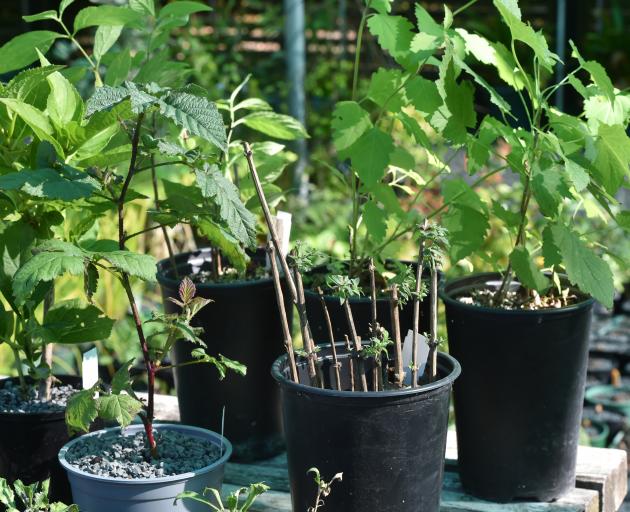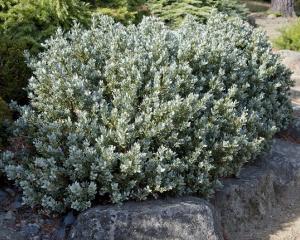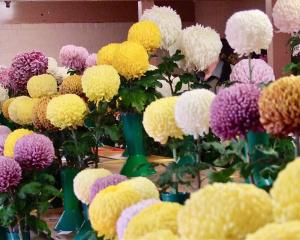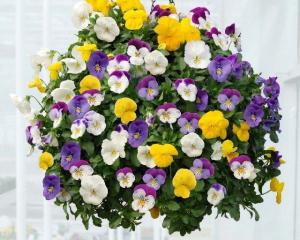
Take cuttings any time between leaf drop in autumn and new bud break in late winter to early spring. The method is easy and sharp secateurs is the only tool required. Cut stems of the previous season’s growth into lengths of about 20cm, these should include at least three buds across the length of the stem. Holding the stem upright make a horizontal cut immediately below the lowest bud, and an angled cut just above but sloping away from the topmost bud. Increase your chances of root development by scraping the stem lightly opposite the lower bud to expose some of the cambium that sits immediately under the thin bark.
Insert your prepared cuttings up to two thirds of their length into a deep pot of well-draining potting mix, or even directly into the garden. Ensure at least one bud is below the surface and one or more is above and water in well.
All that is left to do is to put these cuttings into a shady spot, water occasionally to prevent drying out and wait! This propagation method does take time. It may be up to a year before you can pot up any successful cuttings, however this is a simple way to create new plants from what already exists in your garden.
Garden Life is produced by Dunedin Botanic Garden.
For further information contact Kat Lord.










